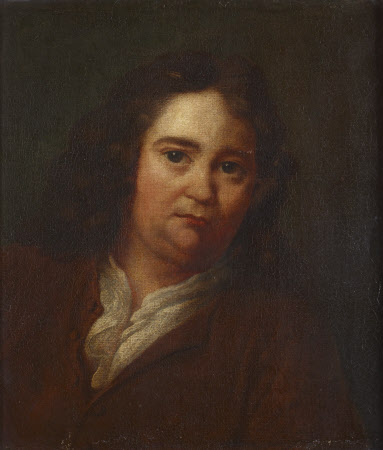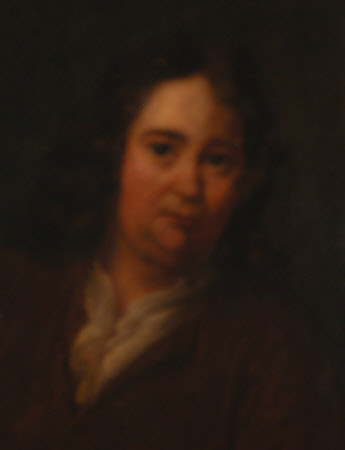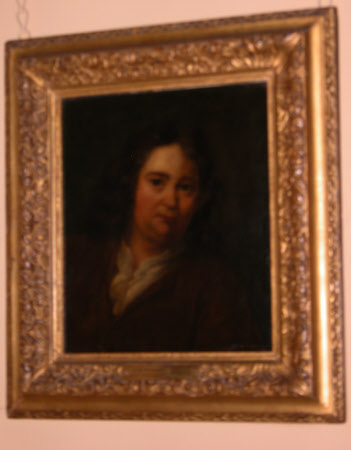Sir Richard Steele (1672-1729)
attributed to Sir James Thornhill (Woolland 1675 - Stalbridge 1734)
Category
Art / Oil paintings
Date
circa 1700
Materials
Oil on canvas
Measurements
291 x 245 mm
Place of origin
England
Order this imageCollection
Anglesey Abbey, Cambridgeshire
NT 515503
Summary
Oil painting on canvas, Sir Richard Steele (1672-1729) attributed to Sir James Thornhill (Melcombe Regis 1675 - Stalbridge 1734), circa 1700. Portrait head of a young man, head and shoulders tilted to the right, gazing pensively at spectator, wearing a brown coat and open neck white shirt. The sitter was a dramatist and essayist, born in Dublin. After Charterhouse and Merton College, Oxford, he joined the Life Guards and rose to be a captain. He was a founder of series of periodicals, eg. Tatler and The Spectator; enjoyed collaboration of schoolfellow, Addison, on most of them. In 1714, year after elected to Parliament, expelled from House for writing pamphlet in support of Hanoverian succession, but when George I came to throne he was rewarded with government offices and knighted. Unable to suppress inclination to write as he felt, he forfeited favour, lost patent as superintendent of Drury Lane Theatre, and became estranged from Addison in 1718 when attacked Sunderland’s Peerage Bill. A writer and a man of great principle, his weaknesses are apparent in the fact that he was eventually forced to leave London because of money troubles; his major vice was drinking. During the eighteenth century a new class of patron, the increasingly prosperous and educated middle classes, emerged. Instead of the mask-like images associated with the Augustan period, these new patrons demanded the demonstration of the qualities of ‘sensibility’ and ‘politeness’ promoted by writers like Addison and Steele. By focusing on the individual’s face and hands and by doing away with regalia, it was felt that a more genuine and worthy likeness was possible. Although the artist is not known, James Thornhill has been suggested, who is better known for his huge ceiling and wall schemes in the continental Baroque manner of Antonio Verrio and Louis Laguerre.
Provenance
Bequeathed to the National Trust by Huttleston Rogers Broughton, 1st Lord Fairhaven (1896-1966) with the house and the rest of the contents.
Credit line
Anglesey Abbey, The Fairhaven Collection (National Trust)
Makers and roles
attributed to Sir James Thornhill (Woolland 1675 - Stalbridge 1734), artist previously catalogued as attributed to William Hogarth (London 1697 - London 1764), artist


